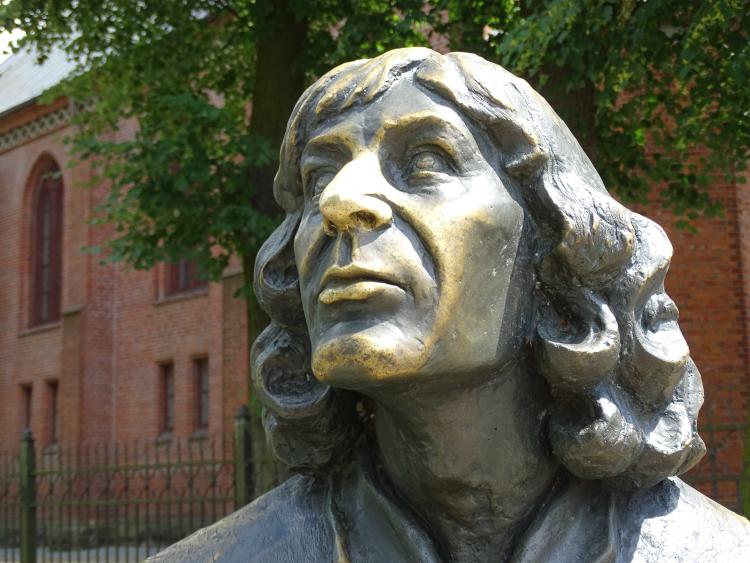Since the 19th century, numerous Copernicus monuments have been built around the world. Even today, new sites of remembrance honoring the astronomer emerge, especially in Poland. Each site has a unique agenda, narrative, and background.
Text
When the first monuments for Nicolaus Copernicus were erected in the 19th century, it was at a time when nationalism was on the rise: Both Germans and Poles wanted to make the astronomer part of their respective national narratives, and furnished the memorial sites with references to national traditions and allegiances. As such, the historical individual Copernicus became a figure of “contested cultural heritage.”
Many of the monuments to Copernicus that exist to this day were built in 1973 to mark the 500th birthday of the scholar. In Eastern Europe, these commemorative markers were always combined with socialist narratives, so that Copernicus could be seen as laying the groundwork for the official ideology. Some of the monuments from the 20th century are also evidence of international relations, however.
The new Copernicus monuments that have been erected in Poland since the 1990s follow a different trend: Here, Copernicus is presented in a way that makes him appear more human and approachable, so the astronomer can also serve as a popular figure for urban marketing departments.







